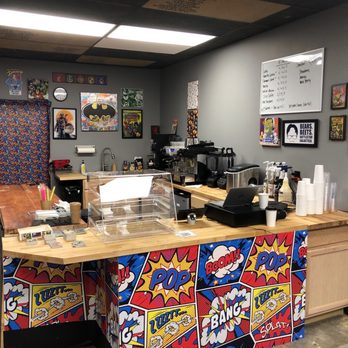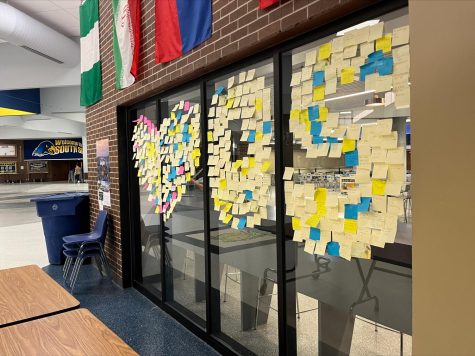Diversity and its growing impact on students
April 18, 2017
Diversity is a definite must for communities. In a school, it provides the opportunity not only to see and share experiences with a variety of people, but also for minority students to feel understood and recognized by the staff and the student body.
This school’s student population is 77 percent white, 8.4 percent Hispanic, 5.6 percent African American, and approximately 9 percent other races as of 2015 according to the Kansas State Department of Education website.
These statistics weren’t very surprising to me. That 77 percent is literally quite visible. The ratio of white teachers to Hispanic, African-American, Asian, etc., is larger, and unnerving from my point of view as an African American. If it weren’t for Damon Bell, school resource officer, and Angel Cornejo, Spanish teacher, the staff would be almost all white.
Because the ratio of white teachers to any other ethnicity in the school is so uneven, students like me may feel as if they are not understood as well as white students. Personally, I would feel more comfortable if I had some teachers who were from different countries, had different cultures and even spoke a different native language.
Such teachers would have a background more like mine, and I think they would understand my challenges and frustrations better than someone who has not had such experiences. It would make a student like me feel more understood to have such role models.
And a more diverse staff would benefit everyone, not just minority students because having minorities in leadership positions would open everyone’s eyes to differences and make everyone more comfortable being around people who do not look just like them.
I know the Olathe School District appreciates the diversity issue. I attended a meeting at the school district headquarters last year near the end of first semester at which high school students, parents and district administrators came together and spoke about the issue of diversity in the schools. The meeting itself was very diverse with different ages, backgrounds, religions and opinions at every table. It showed me and others that we are more powerful with differences.
During the meeting, a district administrator explained that although they advertise and try to recruit for diversity, that such is not easy in a predominantly white community. And I fully understand this difficulty, but it doesn’t keep me from wishing.
Staff aside, the district was concerned with how well subgroups (some of those subgroups being minority groups) perform on tests, and their graduation rates in previous years. Generally, the graduation rates are high for all groups, which implies that all groups are receiving the same education—and that’s good.
But I think, the diversity of the staff again comes into play when talking about these scores. I would feel more motivated by a teacher who has been in my same spot and is encouraging me to be the best I can be.
Diversity empowers people.









Brandon • Apr 20, 2017 at 9:02 am
Khadija,
As a high school teacher in Lawrence, KS, I really appreciated your article! Equity is something that we as a district talk about here as well, and students are very frustrated about it. Based on the passion you put forth in your article, I could see you being an amazing teacher for any district lucky enough to have you. Are you considering a career as a teacher? If you are, I would encourage you to be the change that you want to see!